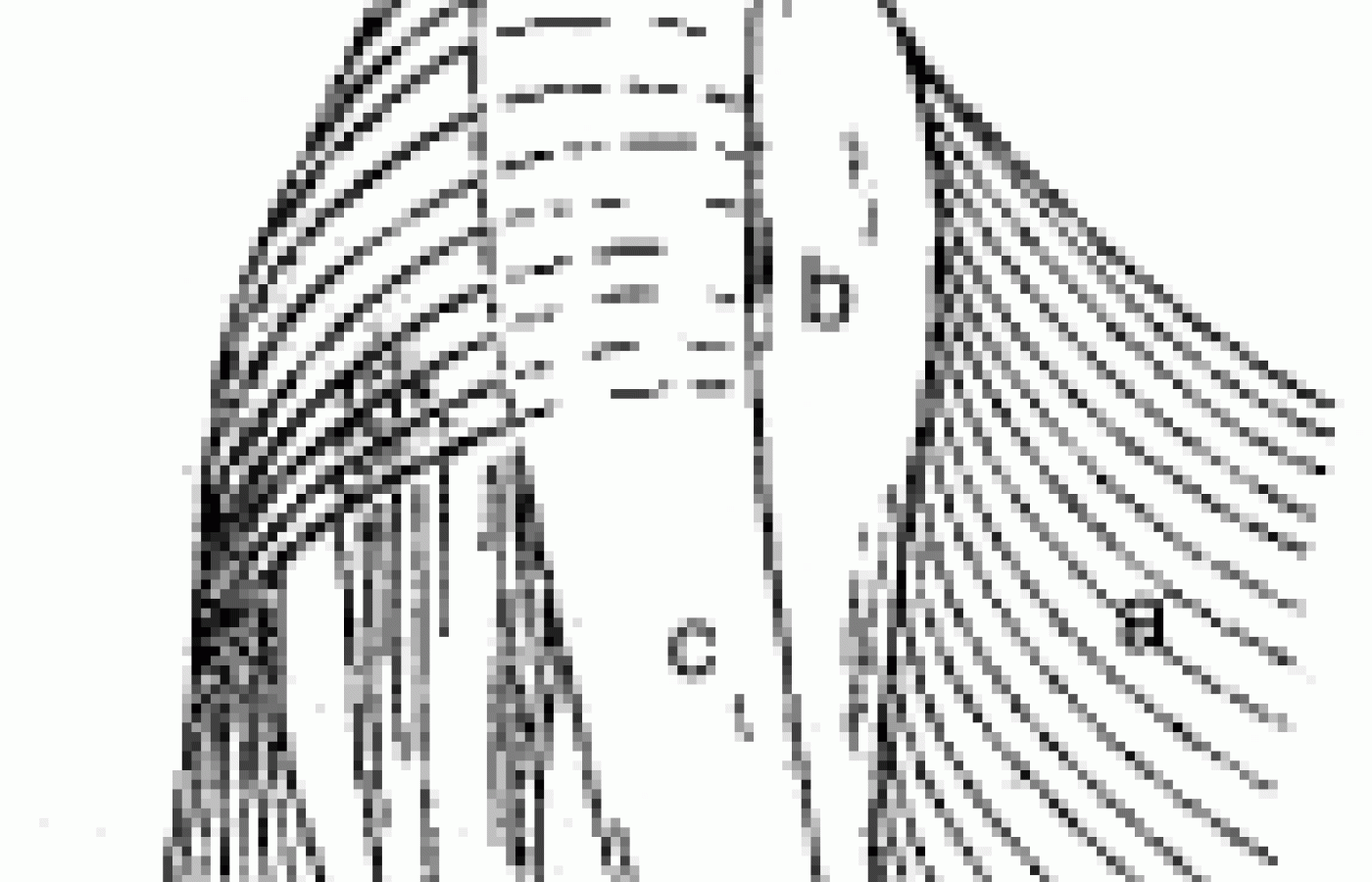New York's highest court of appeals has held that no-fault insurers cannot deny no-fault benefits where they unilaterally determine that a provider has committed misconduct based upon alleged fraudulent conduct. The Court held that this authority belongs solely to state regulators, specifically New York's Board of Regents, which oversees professional licensing and discipline. This follows a similar recent ruling in Florida reported in this publication.
Skiing Injuries to the Hand
Metacarpophalangeal and interphalangeal joint injuries can be very debilitating for chiropractors. It may even change the techniques doctors use in practice if the injury is severe enough.
Dislocation of a metacarpophalangeal joint excluding the thumb may result from a fall on the outstretched hand that forces the joint into hyperextension. The volar plate is disrupted, allowing dorsal displacement at the base of the proximal phalanx. Radiographs may reveal a widened joint space, indicating interposition of the volar plate within the joint. Adjacent sesamoid bones can also become displaced into the joint space.
Dislocation of the proximal interphalangeal joint can occur in a posterior direction. This posterior dislocation results from a hyperextension injury. Ligamentous and volar plate disruption is a frequent associated finding. Radiographs reveal the abnormal position of the phalanx and often small avulsed fragments of bone. These dislocations can be reduced; however, attention should be given to bone fragments and sesmoid bone displacement. Osseous fragments, if allowed to remain in the joint, will cause further destruction of the joint and may often lead to a poorly functioning joint or degenerative joint disease.
Dislocation and collateral ligament injuries of the first metacarpophalangeal joint are important complications of trauma. The injury that commonly occurs is a sudden valgus stress applied to the metacarophalangeal joint of the thumb caused by improper implantation of the ski pole producing abduction and extension of the thumb as momentum carries the skier downhill. It is better to lose the pole than to receive the injury.

Figure I: Dorsal aspect showing radial (R) and ulnar (U) sides of metacarpophalangeal joint. The tendon of the extensor pollicis longus (c) passes over the metacarpophalangeal joint, running from proximal to distal aspect of digit. The adductor pollicis (a) inserts in part on the proximal phalanx, some of its fibers fusing with a portion of the doral aponeurosis, termed the adductor aponeurosis (b). From: Resnick D, Danzig LA. American Journal of Roentgenology 1976;126:1046.
There is disruption of the ligamentous apparatus along the ulnar aspect of the thumb associated with pain, swelling, tenderness, edema and pinch instability. Initial radiographs can be negative, although sometimes one can see small avulsed fragments of bone from the base of the proximal phalanx. It is important to stabilize the joint to prevent instability. This injury may take several months to heal and stress to the joint should be avoided.
Case in point. Let go of the pole and take care of those hands.

Figure II: Dorsal aspect of first metacarpophalangeal joint following rupture of ulnar collateral ligament. With time, a torn ligament (d) can protrude from the proximal edge of the adductor aponeurosis (b), the latter preventing its return. From: Resnick D, Danzig LA. American Journal of Roentgenology 1976;126:1046.]



